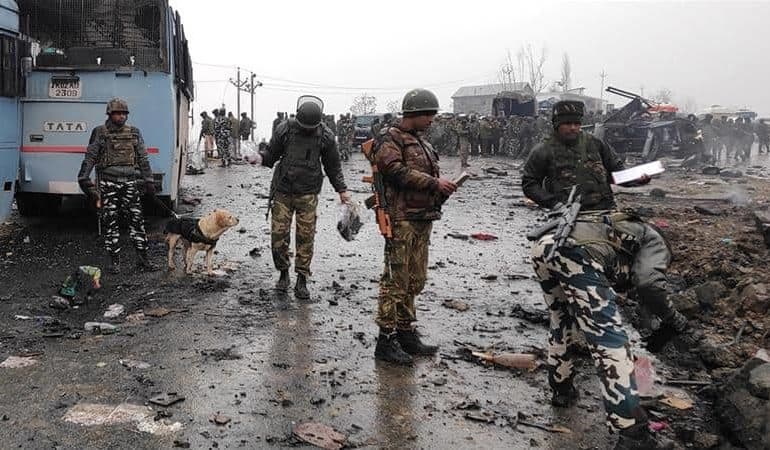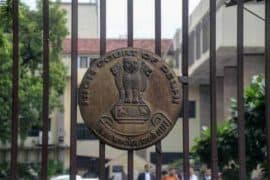Our correspondent locates the recent Pulwana incident in the larger narrative of decades of violence, and explores the infatuation of the Indian State with Kashmir, a situation which has only brought bloodshed and loss to both the natives and the army- men.
Last year I was a volunteer teacher in Kashmir for four months. In a rare moment of leisure, I once asked the eight- grade their view on the political situation of Kashmir. Interestingly, self-governance was a unanimous demand. Fascinated, I tried looking for a reason. One of them quipped, “You’re from India. You won’t understand.”
More recently, a Central Reserve Police Force (CRPF) constable, part of the convoy which was attacked in Pulwama, related, “There are many who are angry. No one can carry so much explosive in a car without some local support.”
This statement, which came a day after the nation lost 49 of army men- due to a suicide-bombing by a young man when a suicide bomber named Adil Ahmad Dar, a 20-year-old from Kakapora village in Pulwama, and that too the school kid, carried within their nuanced confines strains of everything that makes Kashmir’s dilemma one of the most blood-soaked power conflicts of modern times. The accession has been a reality of the Indian Sstate which the natives could never come at peace with, and the hostility from both the parties hasve never been subtle.
Blame the Maharaja Hari Singh’s indecisiveness or the failed United Nations mediation, the two nations of Pakistan and India have ever since independence found Kashmir as a fitting bone of contention. The extensive militarisation which forms the prime concern of the various governments of both the nations have since always independence found justification and support in the narrative of Kashmir. Pakistan has been justifying it’s right over the region on the basis of the religious and ethnic similarities, whereas India found it’s right to rule in the Maharaja’s signed accession document from when while he was fleeing the violence in Srinagar post-independence. , Tthe substantial Kashmiri-Pandit population, and over the peculiar idea that Kashmir was the crown of the Indian mainland, (in a literal sense) – these are all reasons for India’s claim over the land. Having hence divided the state purely on the ideas of relentless exploitation and oppression, and reducing the state to a shareable bounty, with India taking 43 % of the total landmass, Pakistan- the other 37 %, 7% and 20 % going to China, Kashmir has been reduced to graveyards and warzones, and the average Kashmiri, to the everyday victim.
The recent incident is not a new one in its nature. Jaish-e-Mohammed had previously engineered a similar attack on Badami Bagh Cantonment in 2000. The battle-cries from our politicians on live television that we hear today, were a reality back then too.
Henceforth, one should be reminded here of the fact that whatever narrative the Hindu mainland tells itself, the majority of Kashmir does not want to be part of the Indian State. Over the years, Kashmir has never let its hostility remain concealed. In one of the most fitting examples of violence begetting violence, the killing of soldiers and the later retaliation and killing of the common people and alleged militants, working both ways, has been a general history. For every Pulwama incident is the Sopore incident, where the men in uniform killed almost 55 people. Similarly, for every encounter of the young Kashmiri ultra-nationalists like Burhan Wani, is the Operation All Out which led to death tolls in hundreds.
The recent incident is not a new one in its nature. Jaish-e-Mohammed had previously engineered a similar attack on Badami Bagh Cantonment in 2000. The battle cries from our politicians on live television that we hear today, was a reality back then too.
So this time, let us hope that the diplomats and the politicians of the two nations rise over the petty politics, understand the value of human lives on both sides of the border, in the war-torn Kashmir which becomes the common victim, and sit together and put an end to this never-ending sequence of violence. Giving Kashmir the right to self-determination, as envisaged twelve years ago in Satindar Lambah- Tariq Aziz’s self-governing council formula could be one way, and there could be many others. But one thing is for sure, a war is not one of them.
Feature Image Credits: Al Jazeera
Nikhil Kumar
[email protected]










